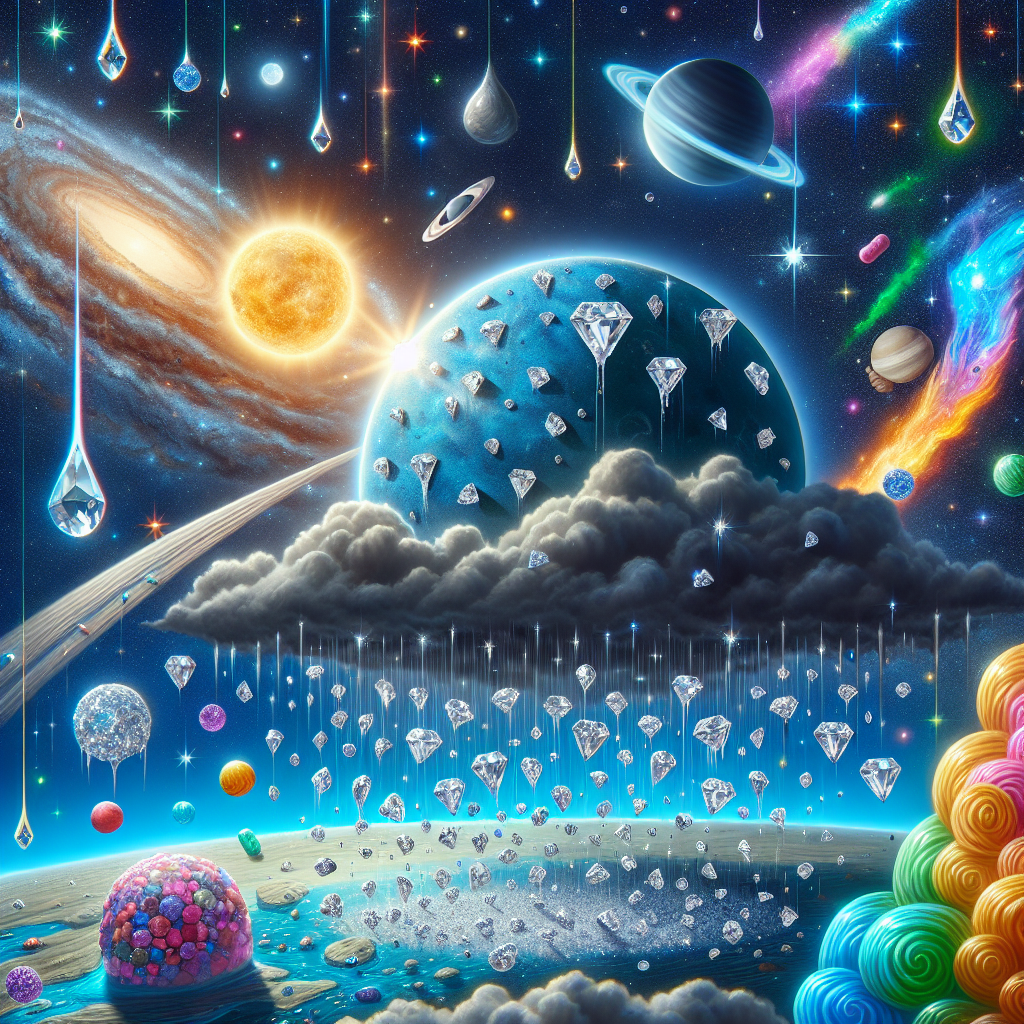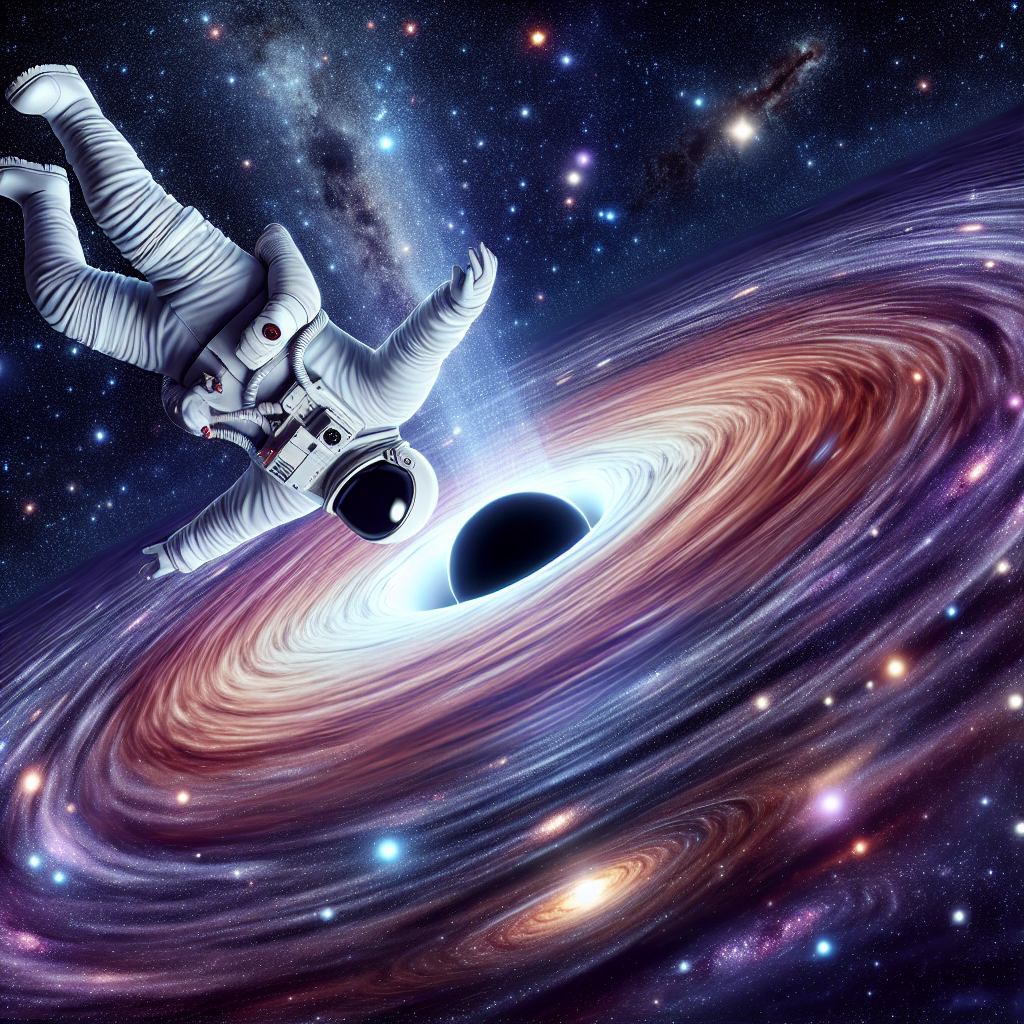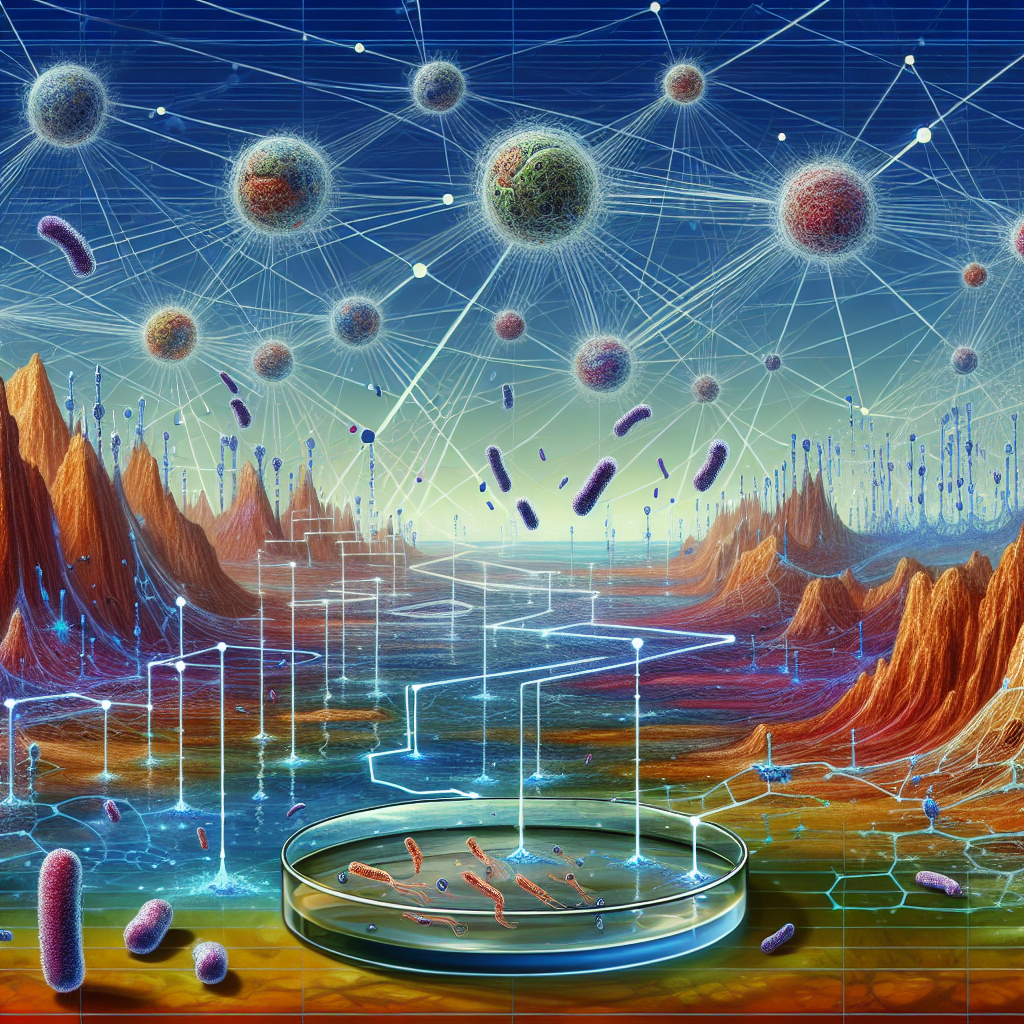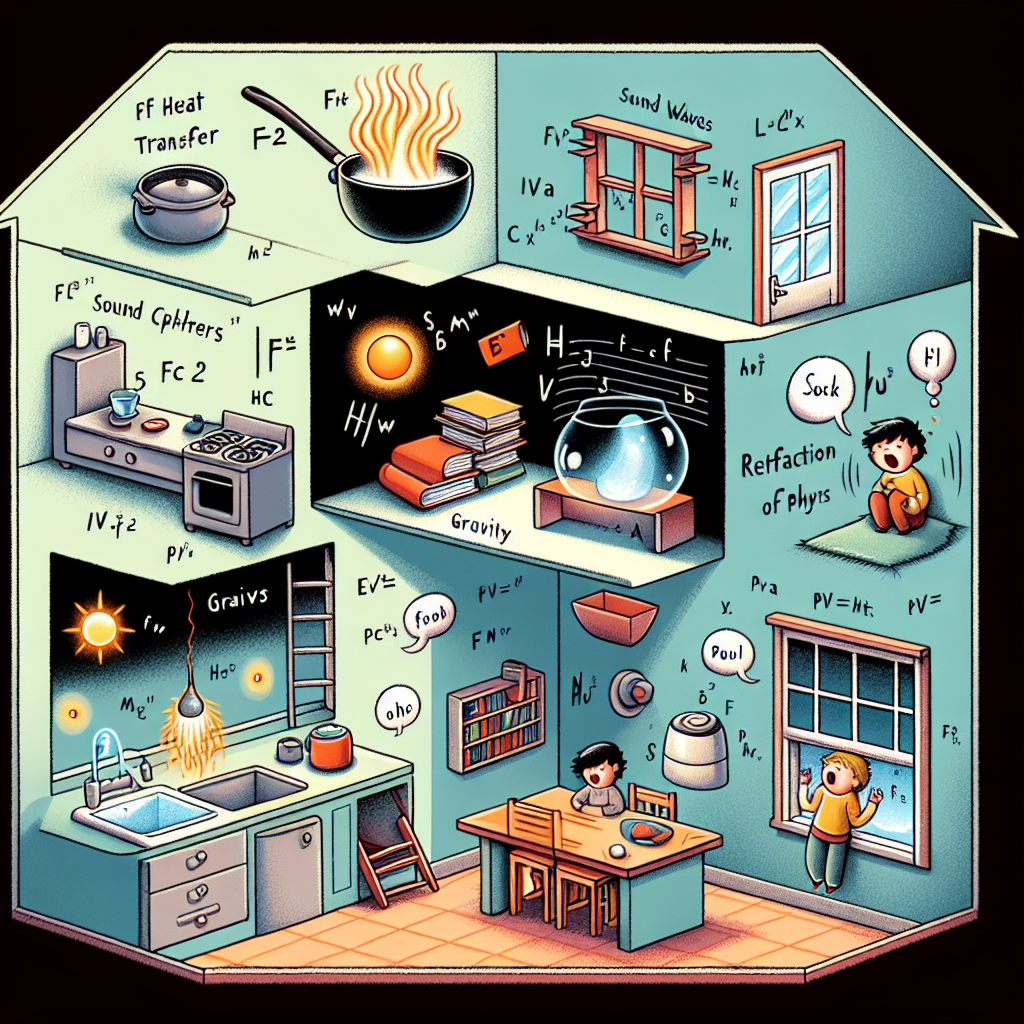It sounds like something from a science fiction novel, but it’s real: there are planets in our universe where it literally rains diamonds. These shimmering worlds, hidden among the countless stars, remind us how strange and unpredictable the cosmos truly is. And diamond rain is just one of the many bizarre phenomena scientists have discovered beyond Earth — each one challenging our understanding of what “normal” even means in the universe.
Let’s start with the most famous jewel-dropping giants: Neptune and Uranus. These icy worlds, sitting on the edge of our solar system, may have deep layers where intense pressure crushes carbon atoms into solid diamond crystals. Scientists believe these diamonds then fall like rain through the planet’s dense atmosphere — a dazzling storm of gemstones that melt into a glittering ocean before reaching the core. Laboratory experiments have even recreated this process on Earth by compressing methane (CH₄), a carbon-rich gas abundant on these planets, under extreme conditions. What’s extraordinary is that this isn’t just theory anymore — we’ve seen diamond formation happen under those simulated planetary pressures.
But Neptune and Uranus are just the beginning. Far beyond our solar neighborhood, astronomers have found planets made of things so strange they defy the imagination. Take 55 Cancri e, a so-called “super-Earth” about 40 light-years away. It’s roughly twice Earth’s size and orbits so close to its star that a year there lasts only 18 hours. Its carbon-rich composition suggests that much of the planet could actually be made of solid diamond. Imagine an entire world sparkling with the brilliance of countless gems — though at temperatures over 2,000°C, no human could ever admire it up close.
And yet, diamond planets aren’t the weirdest worlds we’ve found. There’s HD 189733b, a gas giant where the weather report would send any astronaut running: it rains molten glass sideways at thousands of kilometers per hour, driven by winds that tear through the atmosphere at supersonic speeds. Another, WASP-76b, has one of the most terrifying climates ever recorded — it’s so hot that iron itself vaporizes during the day, condenses at night, and falls as showers of liquid metal. Meanwhile, Gliese 436b defies logic by being a giant ball of burning ice. The gravity is so strong that the water molecules remain frozen even though the surface is hotter than a flame. In the cosmos, the impossible can become perfectly normal.
What makes these cosmic oddities so fascinating isn’t just their strangeness — it’s what they reveal about how planets form and evolve. For instance, diamond rain could play a role in the internal heat of Uranus and Neptune, as falling diamonds release energy when they sink through the layers. In turn, this might explain why Neptune emits more heat than it receives from the Sun. Studying these extremes helps scientists understand the diversity of planetary chemistry and weather — and may even give us clues about the origins of our own planet.
The discovery of such bizarre worlds also shows how far astronomy has come. Just a few decades ago, the idea of detecting planets beyond our solar system — let alone studying their weather — seemed impossible. Today, with space telescopes like James Webb and TESS, astronomers can analyze the light passing through distant atmospheres, identifying the fingerprints of elements and molecules. From these faint signals, they reconstruct entire alien worlds, complete with diamond storms, glass hurricanes, and metallic sunsets.
And here’s the humbling part: these are only the first few thousand exoplanets we’ve found. The Milky Way alone likely holds billions more, each with its own strange chemistry, gravity, and climate. Somewhere out there could be a planet raining rubies, or one where life thrives under fluorescent clouds of methane. The universe is not just vast — it’s creative, extravagant, and often wildly illogical by Earthly standards.
So next time you look up at the night sky, remember that among those twinkling points of light are places where diamonds fall from the sky, where metal rains and glass flies through the air. The cosmos isn’t just a cold void — it’s a workshop of wonders, constantly reminding us that the strangest truths are often the most beautiful.




